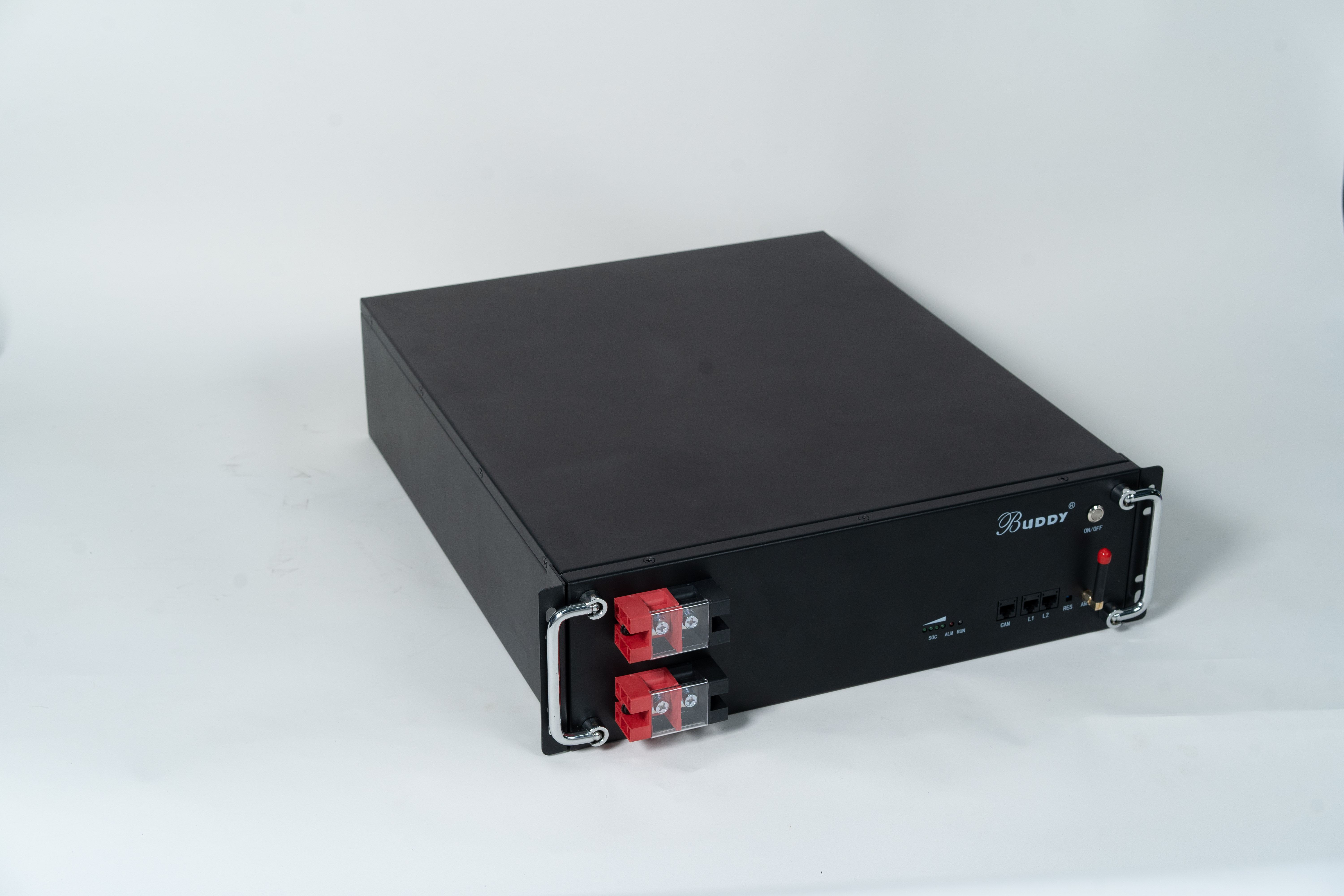Lead-acid car batteries are an essential component of vehicles, providing the necessary electrical power for starting, lighting, and ignition. With their reliable performance and affordability, these batteries have been widely used in the automotive industry for over a century. In this article, we will delve into the intricacies of lead-acid car batteries, exploring their construction, operation, maintenance, and environmental impact.

Construction of Lead-Acid Car Batteries: Lead-acid car batteries consist of a series of individual cells, each containing a cathode, anode, and electrolyte. The cathode and anode are made of lead-based plates, while the electrolyte is a sulfuric acid solution. These components are housed within a sturdy plastic case, which is designed to withstand vibrations and temperature fluctuations.
Operation of Lead-Acid Car Batteries: During discharge, chemical reactions occur within the battery, converting stored chemical energy into electrical energy. The sulfuric acid electrolyte dissociates into hydrogen and sulfate ions, which react with the lead plates, releasing electrons. These electrons flow through the external circuit, providing power to the vehicle’s electrical systems.
When charging, the process is reversed. Electrical energy from an external source, such as a vehicle’s alternator or a battery charger, causes the sulfate ions to combine with the lead plates, converting them back into lead sulfate and water. This reaction replenishes the electrolyte and stores energy for future use.
Maintenance of Lead-Acid Car Batteries: Proper maintenance is crucial for ensuring the longevity and optimal performance of lead-acid car batteries. Here are some essential maintenance tips:
Regularly check the battery’s fluid level and add distilled water if necessary.
Keep the battery terminals clean and tight. Corrosion can impede the flow of electricity, leading to poor performance.
Avoid deep discharge cycles, as they can shorten the battery’s lifespan.
Do not overcharge the battery, as excessive voltage can damage the plates and reduce the battery’s capacity.
Periodically inspect the battery for signs of damage, such as leaks or swollen cases.
Environmental Impact and Alternatives: Lead-acid car batteries have several environmental implications. The production and disposal of these batteries contribute to lead and sulfuric acid pollution, which can harm ecosystems and human health. To mitigate these effects, proper recycling and disposal practices are crucial.
In recent years, advancements in battery technology have led to the development of alternative energy storage systems, such as lithium-ion batteries. These batteries offer superior energy density, longer lifespan, and faster charging capabilities. However, they are also more expensive, which has limited their adoption in the automotive industry.
Conclusion: Lead-acid car batteries have been a cornerstone of the automotive industry for over a century, providing reliable and affordable electrical power for vehicles. Understanding their construction, operation, and maintenance is essential for ensuring optimal performance and extending their lifespan. While these batteries have environmental implications, proper recycling and disposal practices can minimize their impact. As battery technology continues to evolve, it remains to be seen whether lead-acid batteries will be phased out in favor of more efficient and environmentally friendly alternatives.